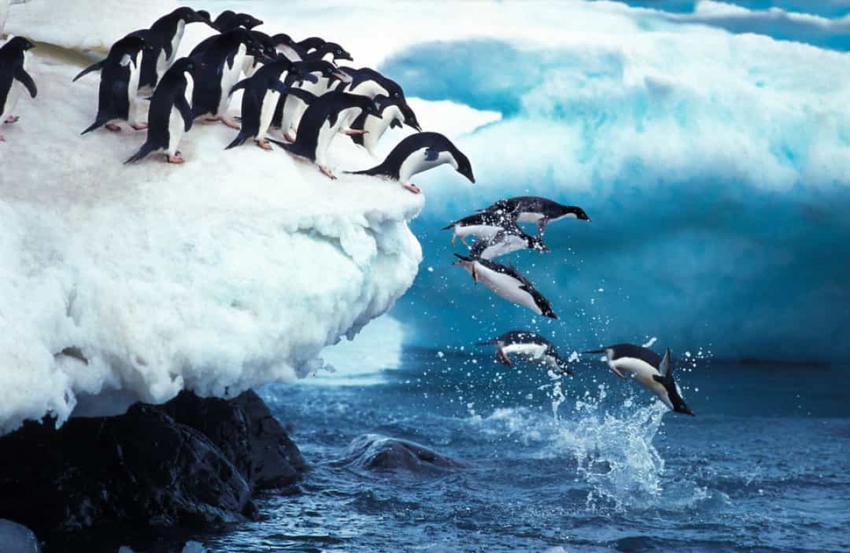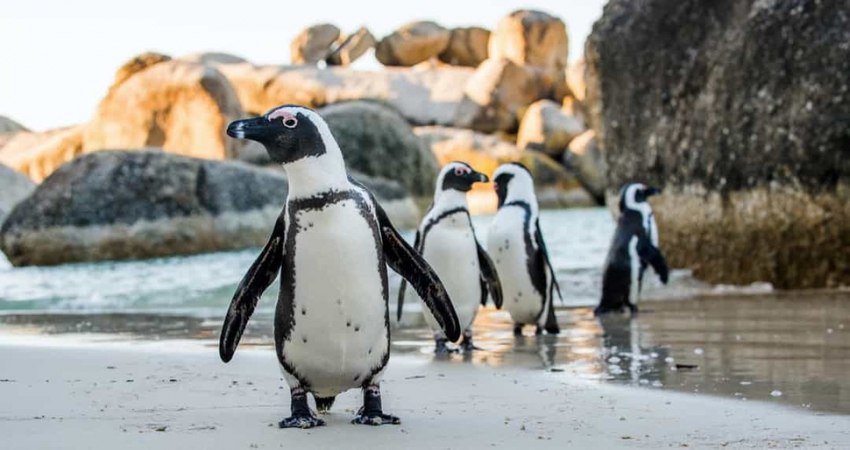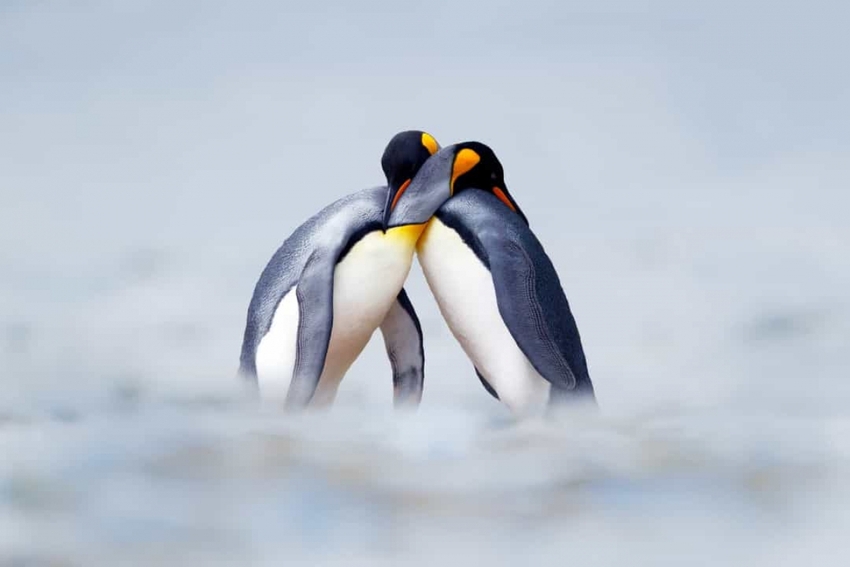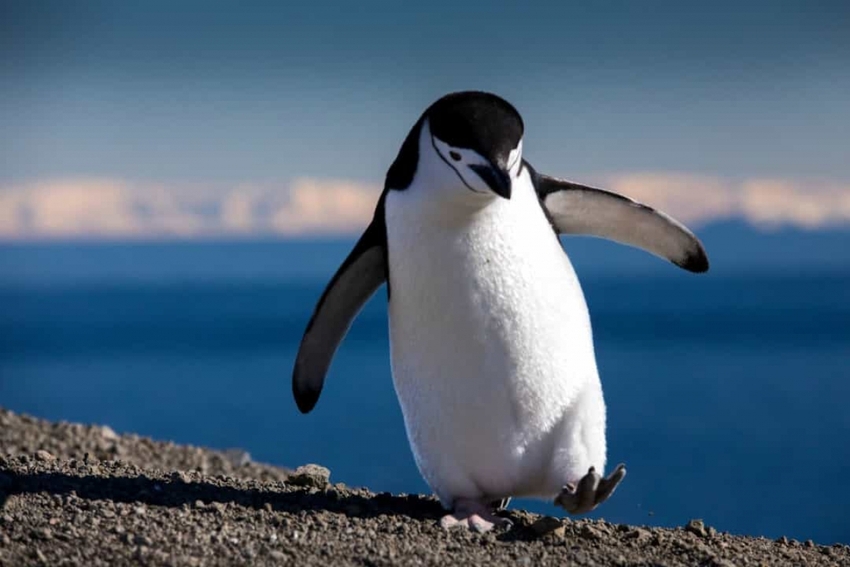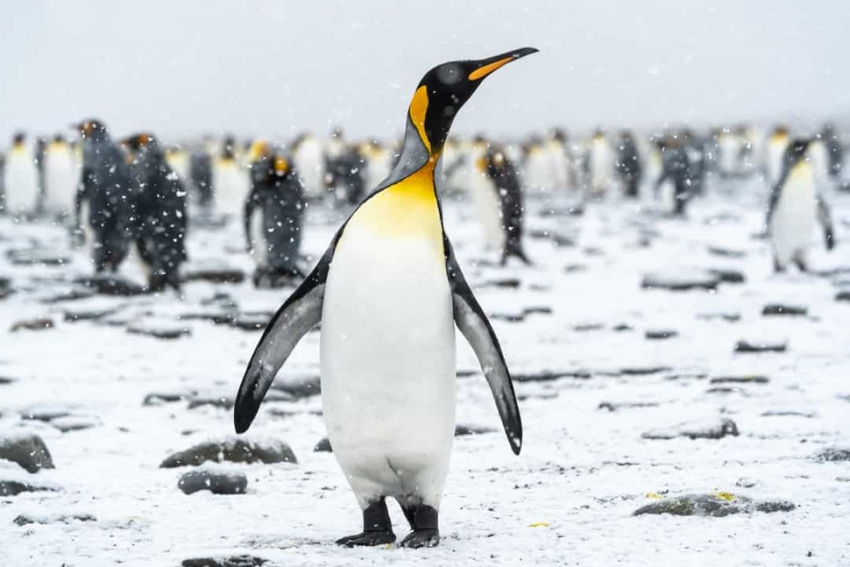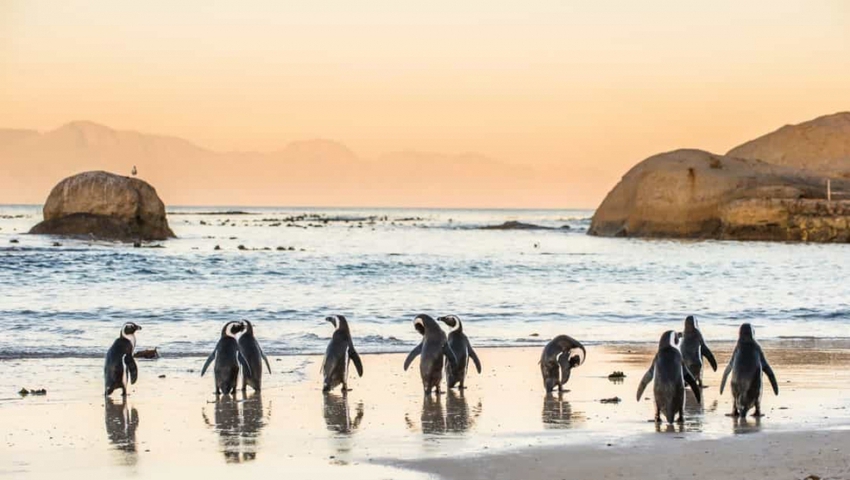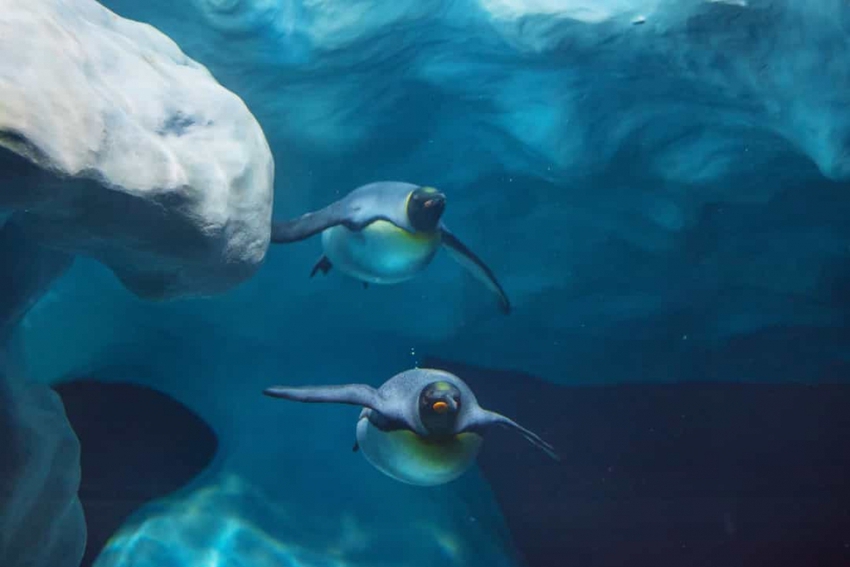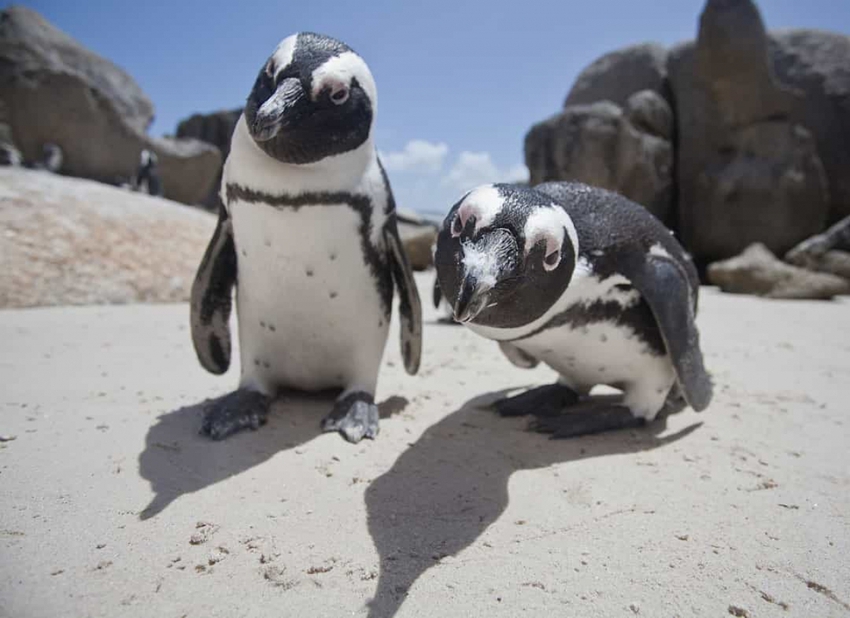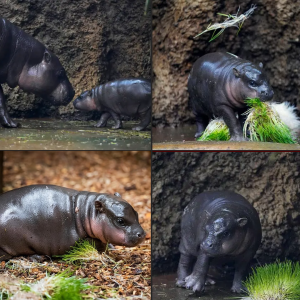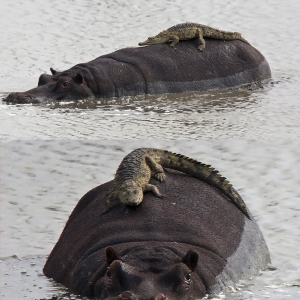Flightless but not afraid of heights. Penguins are one of about 40 species of flightless birds. Most flightless birds, such as kiwis and ostriches, are found in the Southern Hemisphere.
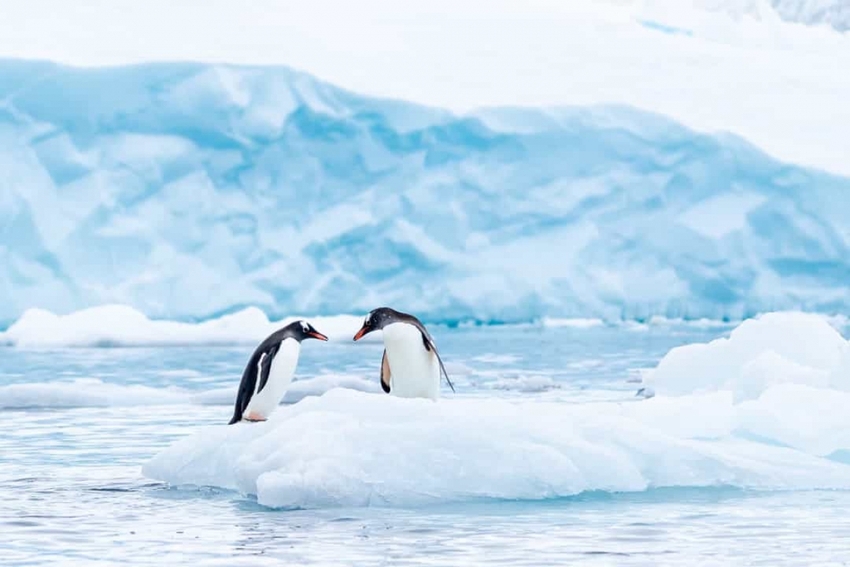
Penguins are an endangered species. Of the 17 species of penguins that exist today, 13 are endangered or critically endangered. Scientists estimate that by the end of the 21st century, the world could lose up to 70% of its penguins.
Most penguins look the same, regardless of sex. Male and female penguins rarely differ in size, color, or markings.
A pair of penguins will play an equal role in raising their young.
Penguins eat mainly fish and squid, occasionally eating shrimp or crab.
Penguins have a black back and a white front. When penguins swim, their dark backs help them blend into the deep water and hide from predators above, and their white undersides help them hide in the light from any predators lurking below.
Penguins spend most of their lives at sea. All of their hunting and playing activities take place underwater.
King penguins are the second largest penguin species, after the emperor penguin. They can grow up to 36 inches (91 cm) tall and can run relatively fast, in contrast to the waddling and slowness of most other penguin species.
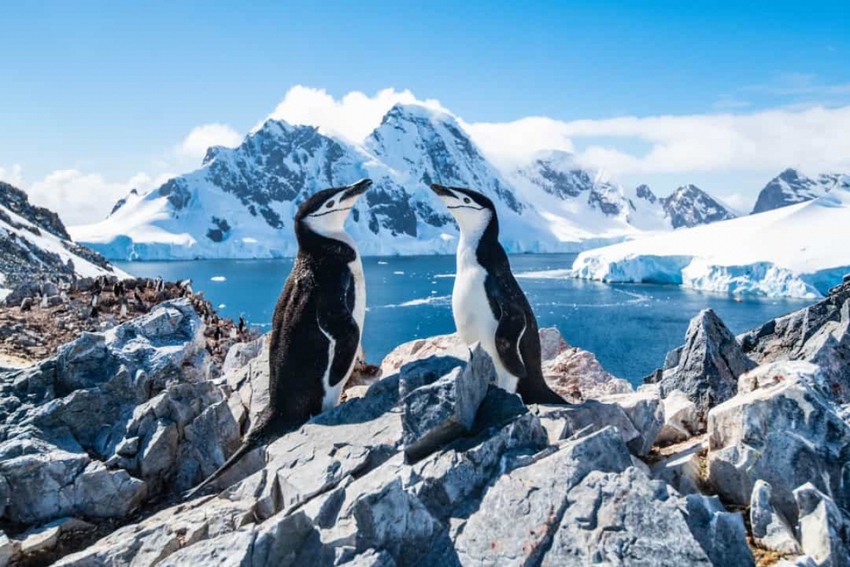
Most penguins live to about 20 years in the wild, unless they are caught by seals or killer whales.
Penguins have the thickest feathers of any bird in the animal world.
Most penguin species lay their eggs in the spring. However, emperor penguins travel to the harsh Antarctic to lay their eggs in the winter.
Penguins are the best swimmers of all birds, able to travel at speeds of up to 6 mph.
Penguins’ eyes are optimized for underwater vision, where they can quickly spot and track fish and other prey.
Colonies of emperor penguins in Antarctica can be huge, sometimes numbering nearly 10,000 in one place. Because of their poor eyesight, they rely on sound to find mates and chicks.
Scientists have found evidence that there once existed a species of large penguin in prehistoric times that could be as tall and large as the average human.
